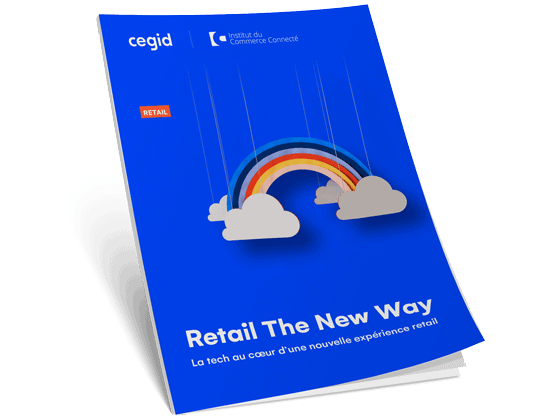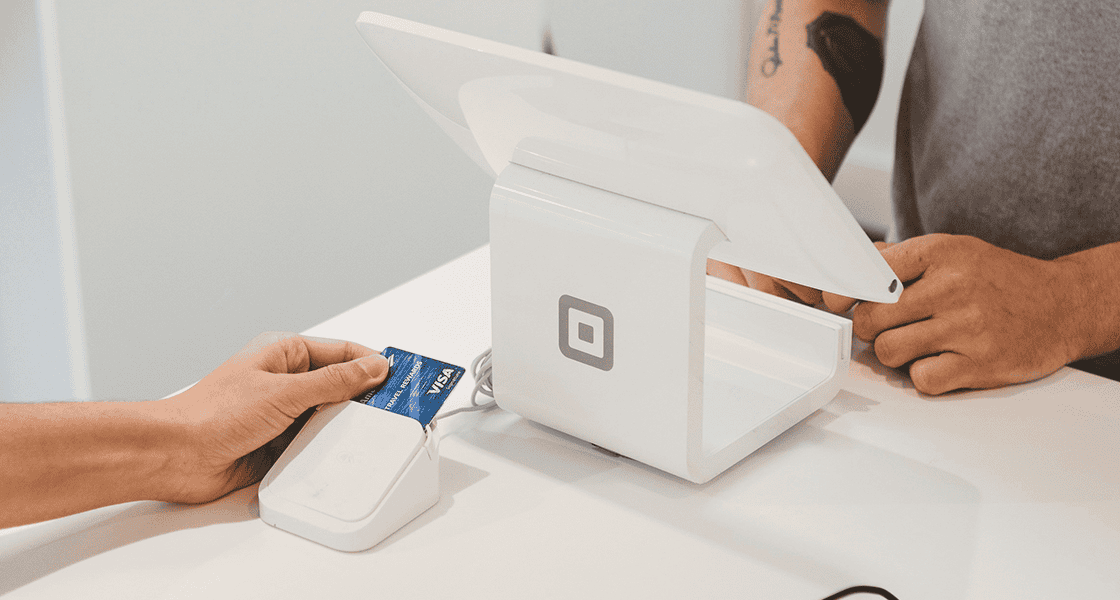Retail & Distribution
Online Threats Rise During COVID-19; These 4 Steps Will Protect Your Business
17 April 2020

How COVID-19 Impacts Security Risk
Here are some important facts about the state of cybersecurity right now, along with advice on how to enhance your protection.
1. Risk has increased with COVID-19.
Opportunistic hackers are taking advantage of some big changes in business’ IT stance: a massive shift to working from home and a surge in e-Commerce.
Most IT environments are designed to provide the greatest protection to core systems behind a company’s firewalls. The rapid shift to working from home required IT to quickly ease access to lots of staff members now working remotely, therefore increasing risk. Not all systems were designed for remote work and some lack many built-in data protection protocols.
While nothing has changed about how e-Commerce systems are designed, the increase in usage puts more attention on these sites as potential targets. Hackers know the volume has increased, making even small sites lucrative opportunities to access payment and other sensitive data.
What to do: Step up security penetration testing and audits of your e-Commerce site. Implement best practices, including timely system, software and security patch updates, multi-factor authentication and Unified Threat Management.
2. Hackers come in all shapes and sizes.
Hackers range from individuals seeking money, notoriety or just the satisfaction of defeating a system, to highly organized crime syndicates, to state-sponsored aggressors. They may work on their own or cooperate to target a business, organization or political figure. Lots of trade occurs within this community, including the productisation of ransomware tools that others can purchase to target a particular company. There is a constant game of one-upmanship among these bad actors and the security professionals seeking to stay a step ahead of their tactics.
“Hackers are opportunists who play on people’s fears and credulity. If they choose to attack a system directly, it takes a lot of time to compromise it. It’s easier to compromise a system through users than by directly attacking servers.”
Sylvain Fourey
CHIEF INFORMATION SECURITY OFFICER AT CEGID
What to do: Best practices suggest most companies cannot adequately address cybersecurity using only in-house resources. Align with trusted security professionals who devote their attentions to cybersecurity full time.
3. Newly remote users are a big threat vector.
Unfortunately, users are the easiest way for hackers to penetrate systems. The recent surge in ransomware and phishing attacks will only grow. Hackers using these tools are patient; they will wait for users to make an error, then use that opening to place malware inside systems to collect data and activate code at a future date of their choosing. Many companies have paid dearly for these attacks.
What to do: Educating users is the best first defense against phishing, ransomware and new threats, such as the hijacking of home routers to redirect users to malicious content. Train users on what phishing attacks look like, how to handle sensitive data and to be skeptical of links, attachments, fake sites and spoof senders. Training should include mock phishing exercises and quizzes to ensure effectiveness. Verify the validity of all current system users.
4. SaaS-based systems tend to be more secure.
Because cybercrime has become highly sophisticated, it now takes substantial resources to achieve the multi-layered, 24/7 security required to protect key systems. That’s out of reach for most businesses, even some enterprise-level companies — especially those trying to protect legacy on-premise systems. SaaS-based platforms are designed from the ground up to withstand Internet risk, and world-class security is mandatory to stay in business. Hackers gravitate away from these platforms in favor of less-well-protected systems.
What to do: Begin SaaS migration for solutions still operated on premise. Select providers that offer world-class protections in retail. Engage in business continuity planning and conduct regular security reviews of SaaS partner activities. Gartner recommends developing processes to ensure you are using cloud services in the most secure way.
Make Security a Priority
Retailers and other businesses are rapidly shifting their attention online as the COVID-19 crisis wears on. Protecting the revenue streams and work processes that can still generate revenue is essential. By adopting security best practices and leveraging resources such as SaaS-based systems supported by highly skilled security professionals, businesses can focus all of their efforts on sustaining their operations and supporting their customers.
If you are a retailer interested in best practices, learnings and tips on how to safeguard employees, clients and business during COVID-19, read our insights every week on the Cegid Retail Blog. During COVID-19 we are also offering free retail online learning programmes to ensure you are best prepared to take full advantage of post-COVID-19 recovery



